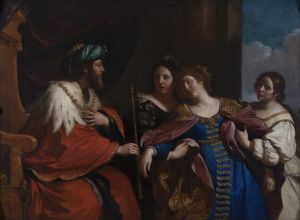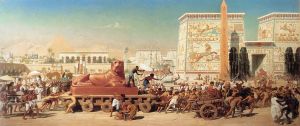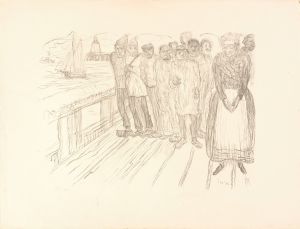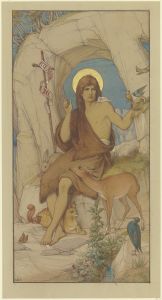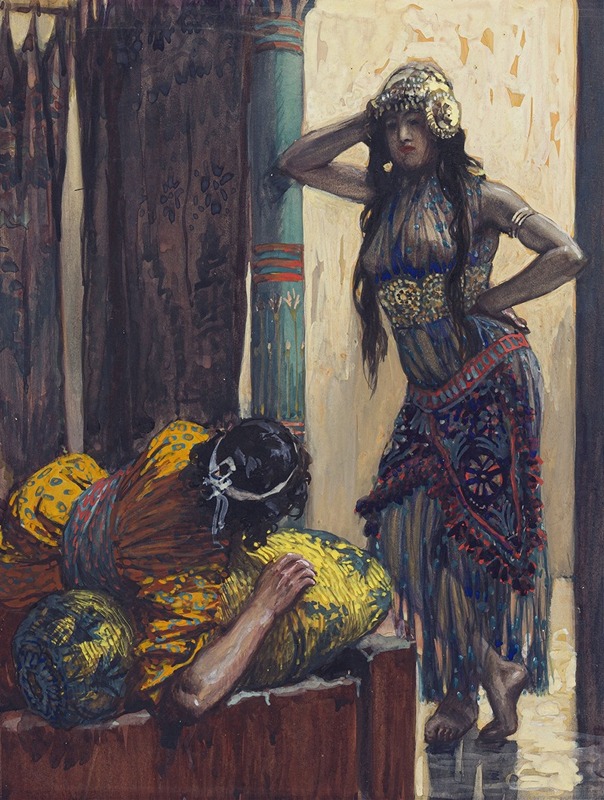
Jezebel Advises Ahab
A hand-painted replica of James Tissot’s masterpiece Jezebel Advises Ahab, meticulously crafted by professional artists to capture the true essence of the original. Each piece is created with museum-quality canvas and rare mineral pigments, carefully painted by experienced artists with delicate brushstrokes and rich, layered colors to perfectly recreate the texture of the original artwork. Unlike machine-printed reproductions, this hand-painted version brings the painting to life, infused with the artist’s emotions and skill in every stroke. Whether for personal collection or home decoration, it instantly elevates the artistic atmosphere of any space.
"Jezebel Advises Ahab" is a painting by the French artist James Tissot, created in the late 19th century. Tissot, born Jacques Joseph Tissot on October 15, 1836, in Nantes, France, was known for his detailed and often dramatic depictions of biblical scenes, as well as his works capturing contemporary 19th-century society.
The painting "Jezebel Advises Ahab" illustrates a scene from the Hebrew Bible, specifically from the First Book of Kings. Jezebel was the wife of King Ahab of Israel, and she is often depicted as a manipulative and influential figure in the biblical narrative. The story of Jezebel and Ahab is one of power, idolatry, and conflict with the prophet Elijah.
In the biblical account, Jezebel is portrayed as a fervent worshipper of Baal, a deity worshipped in various ancient Middle Eastern communities. Her influence over Ahab led him to abandon the worship of Yahweh, the God of Israel, and instead promote the worship of Baal. This act of apostasy and the subsequent persecution of Yahweh's prophets by Jezebel and Ahab are central themes in their story.
Tissot's painting captures a moment of interaction between Jezebel and Ahab, likely reflecting her role in advising and influencing the king. The artist's attention to detail and historical accuracy is evident in the depiction of their attire and the setting, which reflects the ancient Near Eastern context. Tissot's use of color, light, and composition helps convey the tension and drama of the scene.
James Tissot's interest in biblical themes was a significant aspect of his later career. After experiencing a religious conversion in the 1880s, he devoted much of his artistic efforts to illustrating scenes from the Bible. His works from this period are characterized by meticulous research and a desire to bring biblical stories to life with authenticity and reverence.
"Jezebel Advises Ahab" is part of Tissot's extensive series of biblical illustrations, which were published in various forms, including the widely known "The Life of Christ" and "The Old Testament" series. These works were highly regarded for their artistic quality and their contribution to the visual interpretation of biblical narratives.
The painting is housed in the Jewish Museum in New York City, which holds a significant collection of Tissot's biblical illustrations. The museum's collection provides valuable insight into Tissot's artistic process and his commitment to depicting the stories of the Bible with both artistic skill and historical fidelity.
Overall, "Jezebel Advises Ahab" by James Tissot is a notable example of the artist's work in the genre of biblical illustration. It reflects his dedication to capturing the essence of the biblical characters and their stories, contributing to the broader understanding and appreciation of these ancient narratives through the medium of visual art.





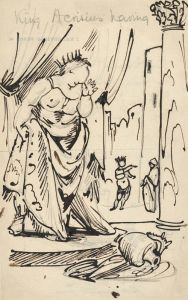
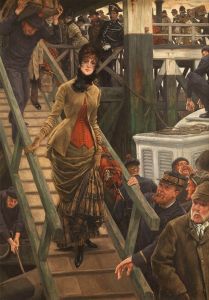
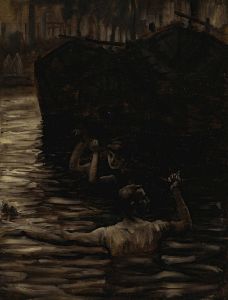
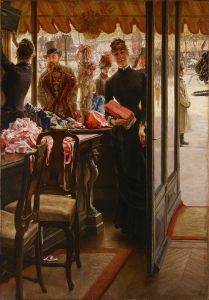
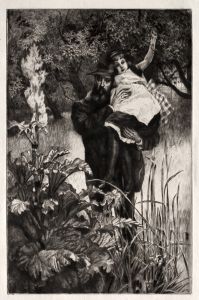
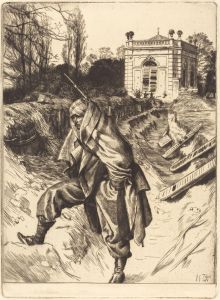
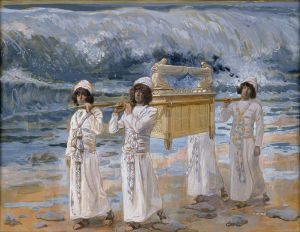
![The Commader in Chief in India [General Sir Frederick Paul Haines], Military and Navy, from Vanity Fair, March 25, 1876](/imgs/214448/s/james-tissot-the-commader-in-chief-in-india-general-sir-frederick-paul-haines-military-and-navy-from-vanity-fair-march-25-1876-18a8ea9e.jpg)
